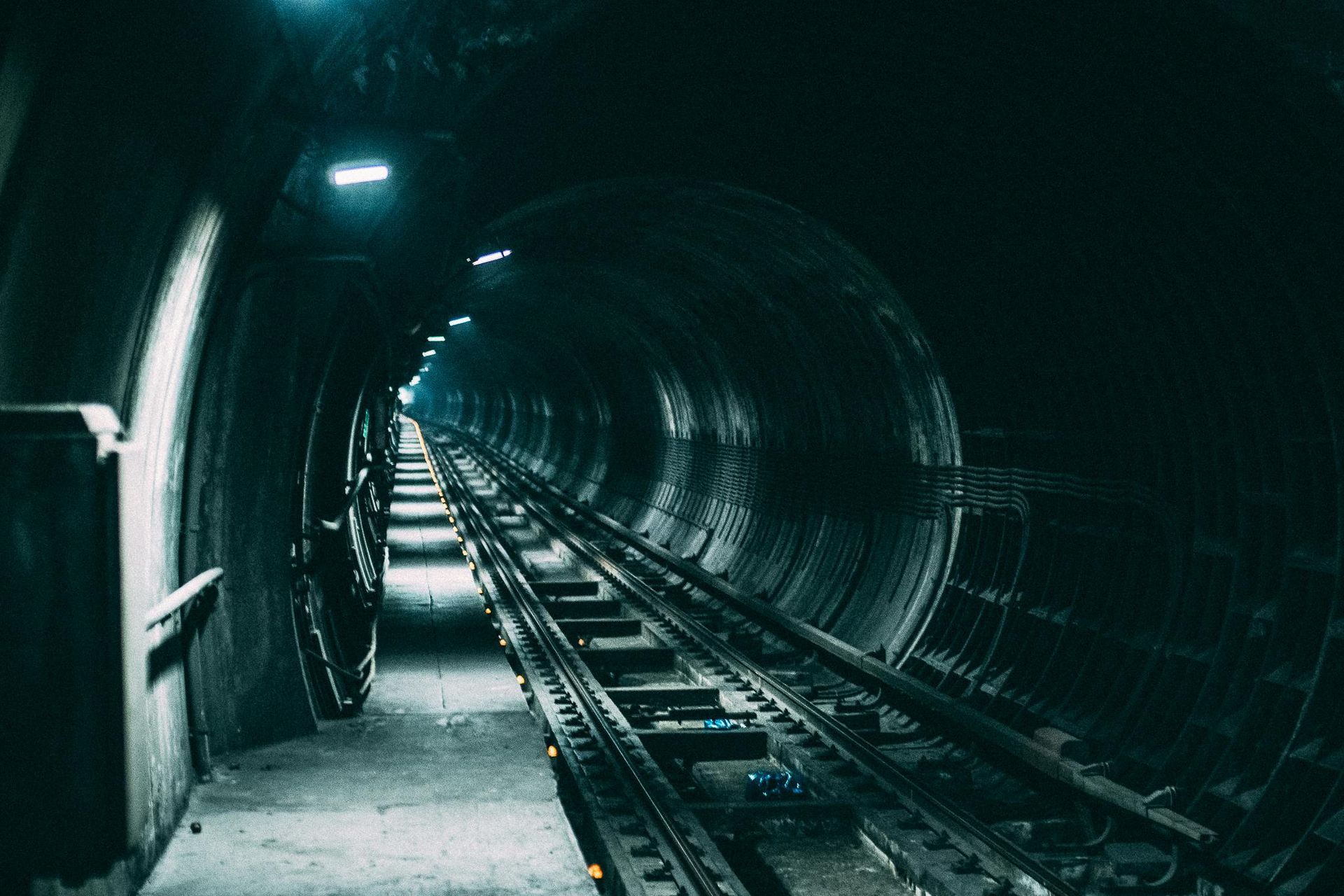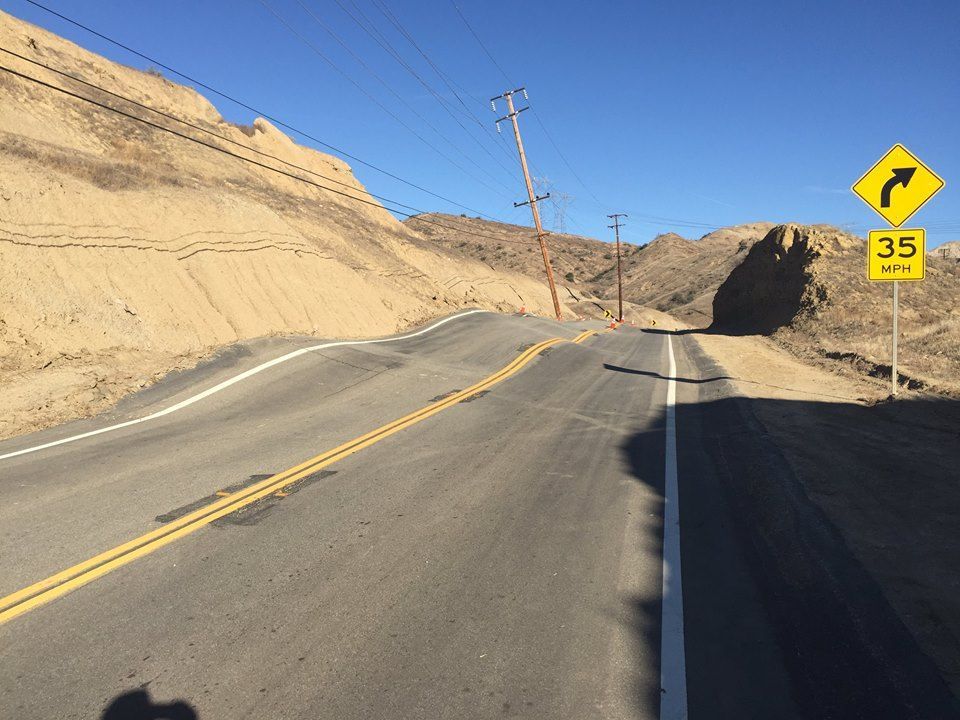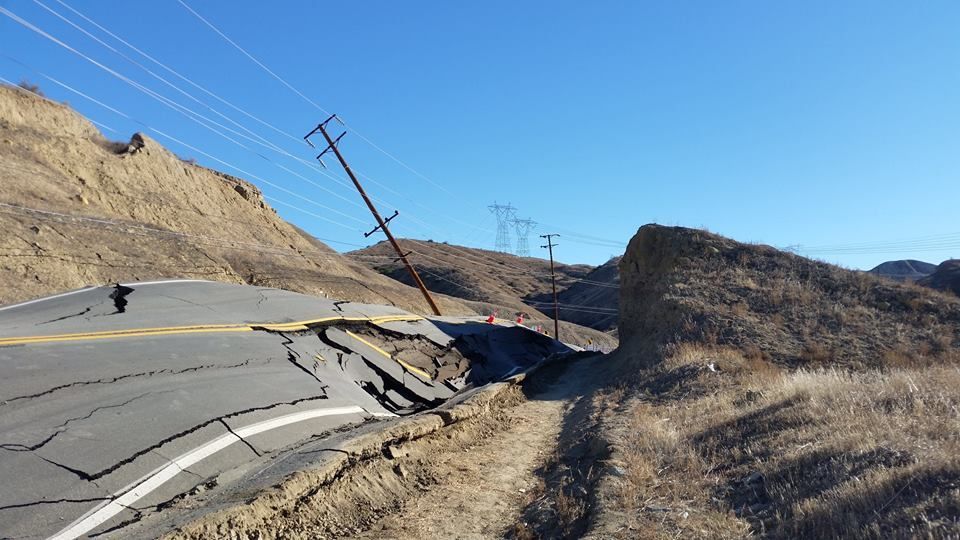Tunneling Transit
Immediate steps towards transportation sustainability

To the question that some people ask: what is the best immediate step for sustainable transportation?
Can tunneling be the immediate step for advancing transportation technology? Tunnels carry utility infrastructure. They could easily be enlarged and adapted with electrified guideways to implement high-speed maglev technology.
How are tunnels made?
History of tunneling technology in the late 1800s was predominantly used for transportation. Its technology was by the efforts of hard labor with picks, shovels and dynamite. The earliest use of tunnels was to carry water. A good resource covering the history of tunneling is Britannica.
From an excellent post in Quora by Adam JM Richards:
For longer tunnels one or more vertical shafts would be additionally be cut to enable tunneling from 4 or more tunnel faces simultaneously. The position of the shaft was established from the surface survey and then two posts set up vertically at either side of the shaft along the desired line. The shaft was sunk vertically (established using plumb bobs that were immersed in water or oil to damp out oscillations as the length of the shaft deepened). The shaft was stopped once it was deep enough the depth having been calculated by trigonometry taking into account the elevation of the shaft top. Inside the shaft the direction was between the projection of the two vertical posts - and this line was extended at the right grade once again using a theodolite and plumb-bobs.
One of the best sources for the process of mining is the Colorado School of Mines.
Modern Tunneling
The advances of today’s mining technology is as advanced as a smart phone is over the telegraph.
Once a tunnel's path is selected, a comprehensive study is made of ground conditions. The path above a shallow tunnel or a dig and cover tunnel, can be walked with a high-end metal detector but, most tunnels require ground penetrating radar and a series of bore holes to analyze soil and rock composition.
Wikipedia provides an excellent explanation regarding the process of tunneling.
Geotechnical investigation and design
A major tunnel project must start with a comprehensive investigation of ground conditions by collecting samples from boreholes and by other geophysical techniques. An informed choice can then be made of machinery and methods for excavation and ground support, which will reduce the risk of encountering unforeseen ground conditions. In planning the route, the horizontal and vertical alignments can be selected to make use of the best ground and water conditions. It is common practice to locate a tunnel deeper than otherwise would be required, in order to excavate through solid rock or other material that is easier to support during construction.
Conventional desk and preliminary site studies may yield insufficient information to assess such factors as the blocky nature of rocks, the exact location of fault zones, or the stand-up times of softer ground. This may be a particular concern in large-diameter tunnels. To give more information, a pilot tunnel (or "drift tunnel") may be driven ahead of the main excavation. This smaller tunnel is less likely to collapse catastrophically should unexpected conditions be met, and it can be incorporated into the final tunnel or used as a backup or emergency escape passage. Alternatively, horizontal boreholes may sometimes be drilled ahead of the advancing tunnel face.
The terminology related to tunnels encompasses various concepts and terms. Here are some key terms as a vocabulary guide, also from Wikipedia:
1.Tunnel: An underground passage, often used for transportation (roads, railways) or utilities.
2.Bore: The cylindrical cavity created when drilling a tunnel.
3.Portal: The entrance or exit of a tunnel.
4.Cross-section: A vertical section through the tunnel, showing its shape and dimensions.
5.Linings: Structural materials used to support the tunnel walls, which can be made of concrete, steel, or other materials.
6.TBM (Tunnel Boring Machine): A specialized machine used to excavate tunnels.
7.Cut and Cover: A method of constructing tunnels by digging a trench and covering it.
8.Tunneling Shield: A device used to support the walls of a tunnel during excavation.
9.Groundwater Control: Techniques used to manage water that may enter the tunnel during construction.
10.Excavation: The process of removing earth to create the tunnel.
11.Spoil: The material that has been excavated from the tunnel.
12.Ventilation: Systems designed to ensure air circulation within the tunnel.
Seismic Activity
One of the biggest concerns for tunneling in the mind of the public is earthquakes.
This series of three pictures from several years ago in the futuretransit.blogspot site, presents one of the validations for the public's concern. The pictures are the same spot of a fault line over a five year period of time, and after a couple earthquakes.

-

-

Tunneling for transit projects are largely government funded. Conventional boring for such projects is an expensive process. Typical estimates for large scale tunneling projects is $300million per mile. Although many companies can bore small pipe and utility tunnels, only a few are equipped to bore large transportation tunnels. In the US, Granite Construction is one of the large government project contractors involved with transportation infrastructure. Clark Construction and Lane Construction are also large infrastructure project contractors. One of the largest global engineering companies involved with infrastructure tunneling is Bechtel.
There are two relatively new companies whose focus is to reduce tunneling costs: The Boring Company and EarthGrid. Their approach is different; however, their goal is the same. Both companies have a price target to reduce the accepted cost standard by ten-fold.
From The Boring Company website:
Why Tunnels? To solve the problem of soul-destroying traffic, roads must go 3D, which means either flying cars or tunnels are needed. Unlike flying cars, tunnels are weatherproof, out of sight, and won’t fall on your head.
Tunnels minimize usage of valuable surface land and do not conflict with existing transportation systems. A large network of tunnels can alleviate congestion in any city; no matter how large a city grows, more levels of tunnels can be added.
The Boring Company has already engaged in their innovative approach to begin their system technology in Las Vegas, NV.
Meanwhile, EarthGrid has a new type of tunneling technology. From their website:
Our tech is powerful, sustainable, and incredibly efficient.
EarthGrid’s patented plasma-powered machines quickly bore through rock by inducing thermal shock to the surface that results in spallation: tiny bits and pieces flying off due to stress. No drilling chemicals needed.
Our plasma-powered machines can tackle any type of hard rock, like granite or basalt, thanks to our specialized rock-recipes. A dedicated approach to each rock type quickly and efficiently introducing spallation.
Why is EarthGrid technology considered revolutionary? For two reasons, the method of boring is new, plus this technology enables tunnel boring at one-mile per day.
Conclusion
Solutions to existing problems require something beyond maintaining the status-quo.
The two boring companies, The Boring Company and EarthGrid, provide what can be immediate solutions to society’s desperate transportation demands. By designing systems with innovative transit technology companies, like CyberTran, this solution enables the sustainable high-density and low-density urban growth: throughout Western Society.



